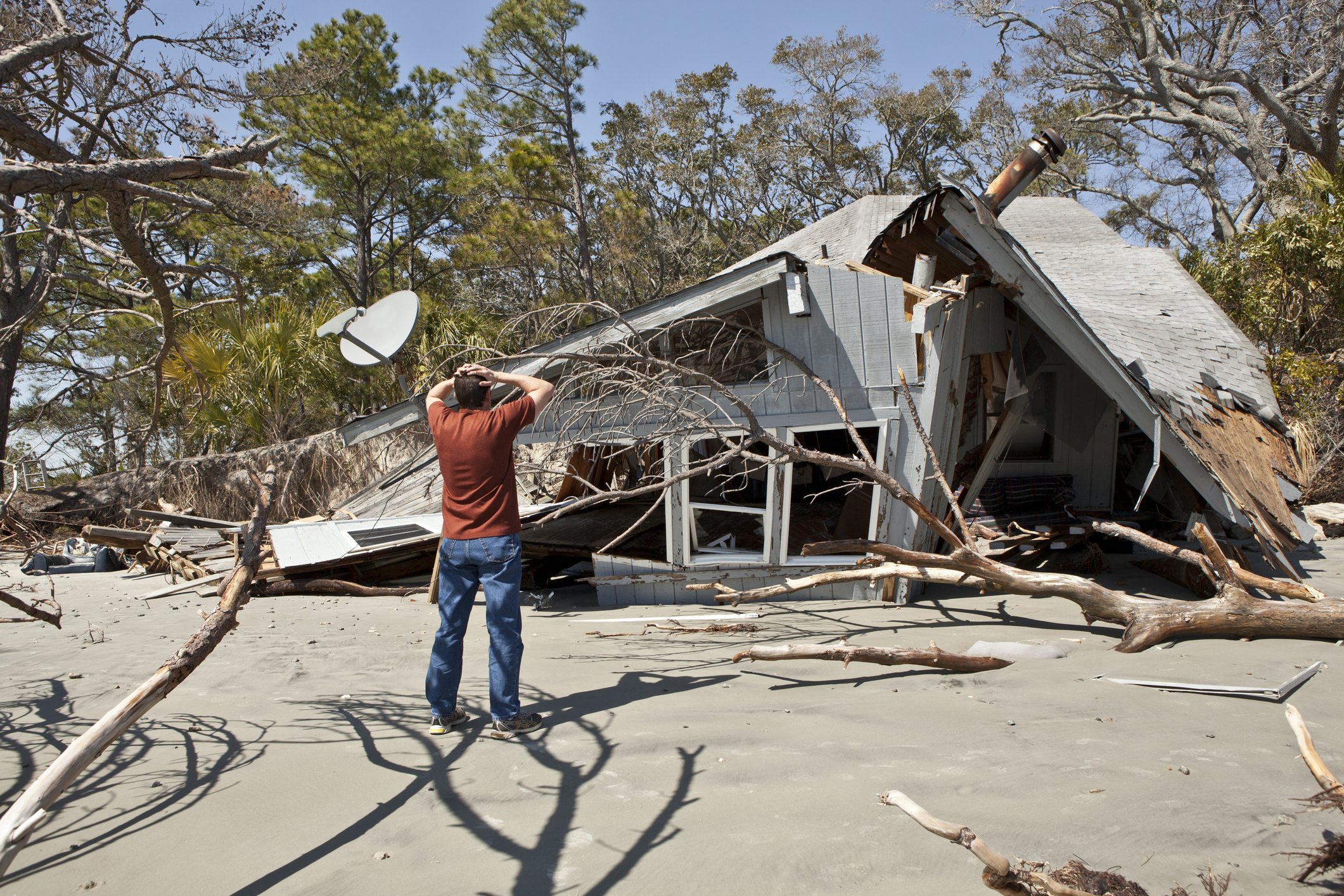
The National Oceanic and Atmospheric Administration is predicting as many as eight hurricanes and almost twice as many severe storms for the 2019 season. As storm season heats up, the University of Georgia’s Rob Hoyt, Moore Chair of Insurance at the Terry College of Business, shares tips to make sure your homeowner’s policy has you and your house covered.
- Know what your homeowner’s insurance does and doesn’t cover. Many policies cover wind damage, said Hoyt, but many don’t cover water. People in high-risk flood zones should discuss flood coverage with their insurance agent, and everyone should check to make sure their policies do cover damage caused by wind.
- Be sure to mitigate damage to your home after the storm. Your insurance most likely requires this. Most policies cover living expenses if your home becomes uninhabitable, and insurance will also cover the cost of temporary repairs that keep your house from suffering more damage after the storm has passed. “Those famous blue tarps that are put on houses to keep rain from coming in, those kinds of temporary repairs are something that the insurance policy will cover for good reason: because it helps reduce the risk of loss. It’s certainly good for us as the homeowner, but it also reduces the expense that would be payable under the claim.” What homeowners may not realize is that they’re obligated to do what they can to mitigate losses. “If you abandon your house after the storm and don’t pay attention to what’s going on and the damage is made worse because you didn’t take steps to make reasonable repairs, then you may find yourself at a disadvantage in terms of claiming coverage for some of those losses.” However, homeowners should always follow the orders of state and local officials regarding evacuation and safe return to damaged areas.
- Check that you have enough coverage. As home values climb, so does the cost of repairs. Some homeowner’s policies can be purchased with automatic inflation adjustment so they automatically keep up with costs. “If you’ve been in a home for a long time and you’ve been with the same insurer and haven’t reviewed your policy, you may not have adequate coverage,” Hoyt said. You’ll also want to check your deductible. Most run about $500 or $1,000, but in areas more prone to hurricanes the wind deductible is often stated as a percentage of the value of a house. So, if you have a 2% deductible for your $200,000 house, you’re facing at least $4,000 out of pocket before your policy kicks in.
- Make a plan ahead of time. Before a storm is expected to hit, find your escape route and inventory your property. Go around the house taking pictures of all your things, from jewelry to kitchenware. “The good news is most people have access to cloud storage nowadays, so physical pictures aren’t necessarily required anymore,” said Hoyt. “But make sure that photos don’t only exist on your cellphone in case it somehow gets damaged or left behind.” Have a go bag with critical documents and items in it so you can leave at a moment’s notice, if necessary.
- Retrofit your house to withstand lower-level storms. “We often see pictures where one house in the path of the storm is completely intact while several others around it are completely destroyed. Typically, research suggests that if you can keep the outside of the home intact (which includes keeping the roof on the house), your house is more likely to withstand the storm.” Install roof tie downs, replace or board up old windows, and remove dead or diseased limbs that could potentially hit your home. Insurance policies will frequently give you a credit for taking these proactive steps.


